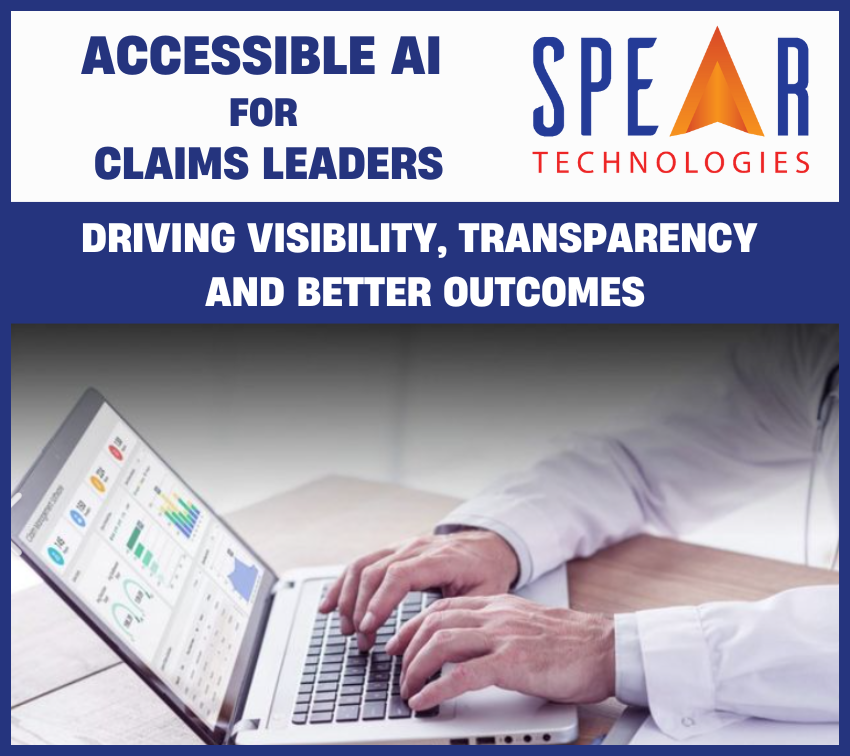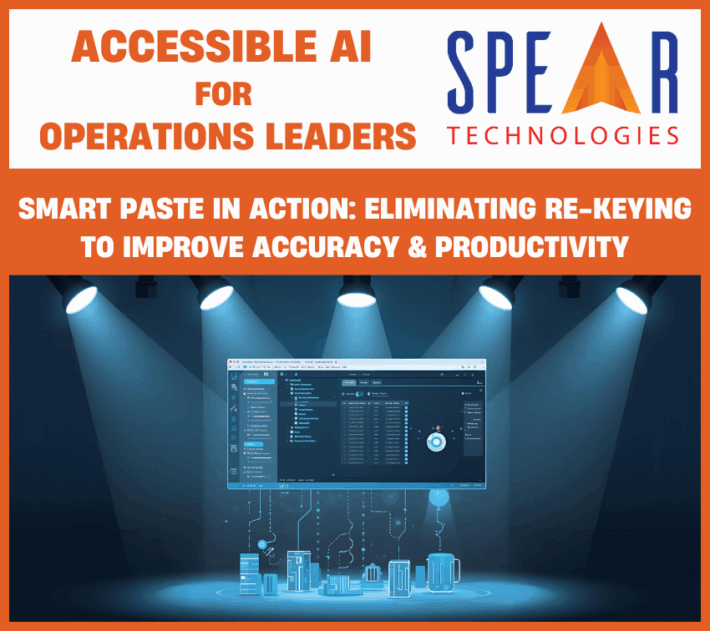Accessible AI for Claims Leaders: Driving Visibility, Transparency, and Better Outcomes

For Claims Executives, the job has never been more complex. Rising claim costs, increasing scrutiny over performance, and the demand for real-time visibility mean that leaders must balance accountability, transparency, and efficiency—all while managing finite resources.
Traditional claims systems lack the visibility and adaptability that today’s leaders require. That’s where Accessible AI changes the game. Unlike “black-box” AI that requires technical specialists, Accessible AI brings advanced capabilities into the hands of business leaders, thereby delivering actionable insights, automation, and oversight without sacrificing control or compliance.
Empowering Business Users with AI They Can Shape
One of the most transformative aspects of accessible AI in insurance is the shift from developer-led to business-led model interaction. In traditional setups, any customization or retraining of AI models requires intervention from IT teams, data scientists, or external vendors. This dependency creates bottlenecks, slows innovation, and disconnects model development from those who understand the business problems best—your underwriters, claims adjusters, fraud investigators, and customer experience teams.
Why Business-User Accessibility Is a Game-Changer
When AI tools are designed for business users, the result is more responsive, agile, and relevant model development. Empowering business users to adapt and train AI models on their own yields multiple advantages:
- Faster Time-to-Value: No waiting on IT backlogs or vendor response times
- Higher Accuracy: Models reflect real-world operational needs and are continually refined by domain experts
- Greater Adoption: Tools that align with existing workflows and skill sets see higher engagement
- Scalable Innovation: Business teams become active participants in digital transformation, not passive consumers
This article kicks off a series highlighting how Accessible AI directly addresses the priorities of claims leadership. Let’s explore four high-impact examples of how Accessible AI can benefit Claims Executives.
1. High-Risk Claim Identification
Accessible AI strengthens oversight and improves loss prevention by surfacing high-risk claims before they become costly.
Litigation, spiraling medical costs, and delayed intervention are among the biggest threats to claims performance. AI models analyze patterns in claim notes, claimant history, and external data to flag high-risk claims early.
Instead of waiting for red flags to escalate, leaders can act proactively – reallocating resources, engaging legal teams sooner, or ensuring TPAs follow escalation protocols. The result: fewer surprises and stronger financial outcomes.
2. Virtual Agents for Vendor Interactions
Improve transparency and service while reducing the resource burden of vendor and constituent communication.
Claims teams often spend hours each week responding to routine inquiries. Virtual agents powered by Accessible AI can handle much of this work—answering status questions, sharing documentation, or escalating complex issues when needed.
For executives, this translates to clearer visibility into vendor performance, fewer bottlenecks, and higher satisfaction without expanding staff.
3. Email Sentiment Analysis and Alerts
Enhance customer experience and improve retention by catching early signs of dissatisfaction or miscommunication with members.
Sometimes the first signal of a problem isn’t in the claim file—it’s in the tone of an email. AI-powered sentiment analysis monitors incoming and outgoing communications, alerting leaders when language suggests frustration, confusion, or declining trust.
By surfacing these “soft signals” early, executives can ensure that claimants and members feel heard, preventing dissatisfaction from escalating into complaints, disputes, or litigation.
4. Copilot Assistant for Claims Leaders
Simplify access to critical insights – no technical expertise required.
As a Claims Executive, you need answers fast:
- What’s our open claim severity trend this quarter?
- Which TPAs are underperforming on resolution time?
- How many high-risk claims have we closed early?
Copilot Assistant delivers this information instantly, in plain language, without requiring SQL queries or complex dashboards. At its core, Accessible AI empowers business users and decision-makers directly, eliminating the need for data scientists or heavy IT involvement.
Why It Matters for Claims Leadership
For executives, Accessible AI is not about replacing people. It’s about equipping teams with better oversight, loss prevention, transparency, and cost-effectiveness—the exact levers that claims leaders are held accountable for every day.
This series will continue exploring how business user accessible AI capabilities align with the the priorities of claims teams and their leadership. Together, these use cases show how modern technology enables efficiency without losing the human touch – a balance every Claims Executive must strike.
Next in the Series: We’ll dive deeper into Proactive High-Risk Claim Management – including anonymized examples of how claims leaders have reduced litigation and improved outcomes using this approach.
Ready to see how SpearClaims™ can help your team do more with less?
Schedule a Demo to see how SpearClaims™ with accessible AI equips claims executives with greater transparency, visibility and proactive risk management.
Request Pricing to learn how surprisingly affordable it is to modernize operations, manage costs, and deliver better outcomes.



